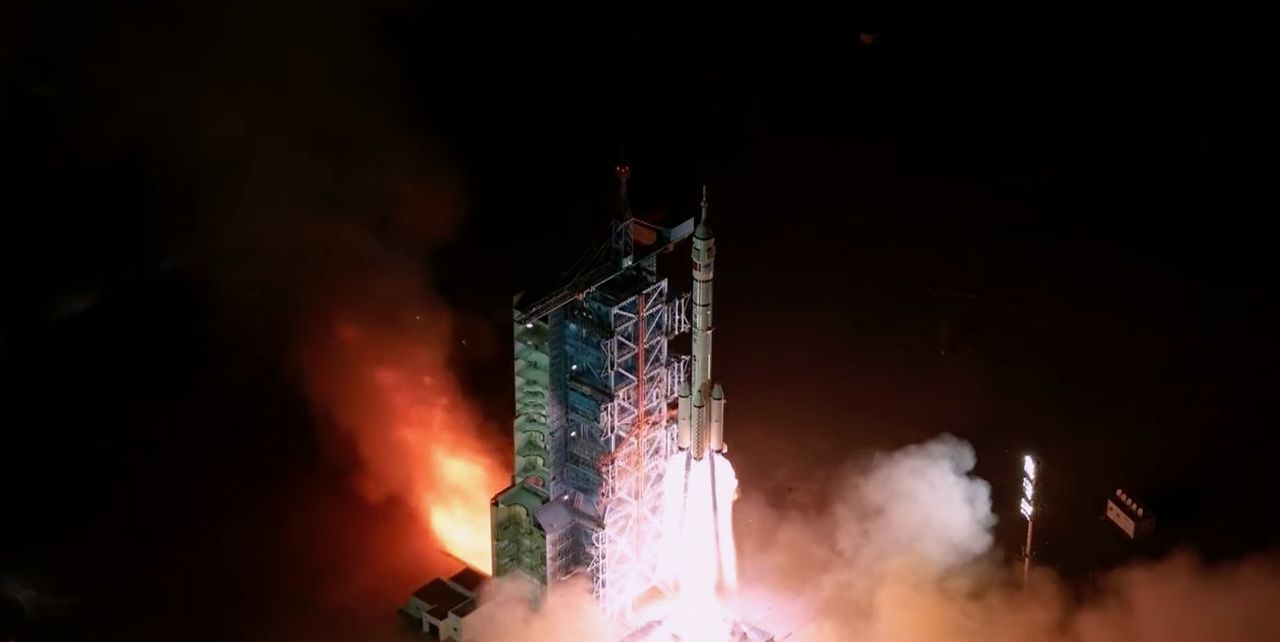NASA, in collaboration with researchers from Toho University in Japan, has utilized advanced supercomputing technologies to project the future of life on Earth. Their findings indicate that while the end of life as we know it is billions of years away, the timeline for human existence may be significantly shorter than previously anticipated.
The research emphasizes that the long-term sustainability of life on Earth is closely tied to the sun‘s lifecycle. As the sun evolves over the next several billion years, it will increase in temperature, ultimately rendering Earth uninhabitable. Researchers estimate that this critical juncture will occur around 1,000,002,021, when conditions on the planet will become extreme, making survival impossible even for the most resilient forms of life.
Climate Change and Human Survival
The study also highlights an urgent concern regarding human life. As the sun’s heat intensifies, the Earth’s atmosphere is expected to undergo drastic changes. This will result in declining oxygen levels, deteriorating air quality, and escalating surface temperatures. These predictions were made using sophisticated models that account for both climate change and solar radiation effects.
Notably, warning signs of these changes are already observable. The frequency and intensity of coronal mass ejections and solar storms have escalated, impacting the Earth’s magnetic field. This increase in solar activity is contributing to a reduction in atmospheric oxygen, offering researchers important insights into longer-term consequences. Compounding this issue is human-induced climate change, which has already led to rising global temperatures and the melting of polar ice caps.
Although the researchers did not specify an exact end date for human life, they caution that environmental conditions could become inhospitable much sooner than the billion-year mark.
Preparing for the Future
Life on Earth is not expected to vanish abruptly; rather, it will undergo a gradual decline. Given the extensive timeframe, the researchers stress the importance of proactive measures for humanity’s future. Some scientists are advocating for technological solutions, such as closed life support systems and artificial habitats, which could help maintain livable conditions for as long as possible.
In parallel, some experts are exploring the potential for long-term colonization of other planets. Missions to Mars, spearheaded by NASA and SpaceX, are being examined as viable strategies for sustaining human life once Earth becomes uninhabitable.
As these discussions unfold, the implications of the study are profound. While the end of life on Earth may be distant, the urgency to adapt and prepare for changes in our environment is more pressing than ever.







